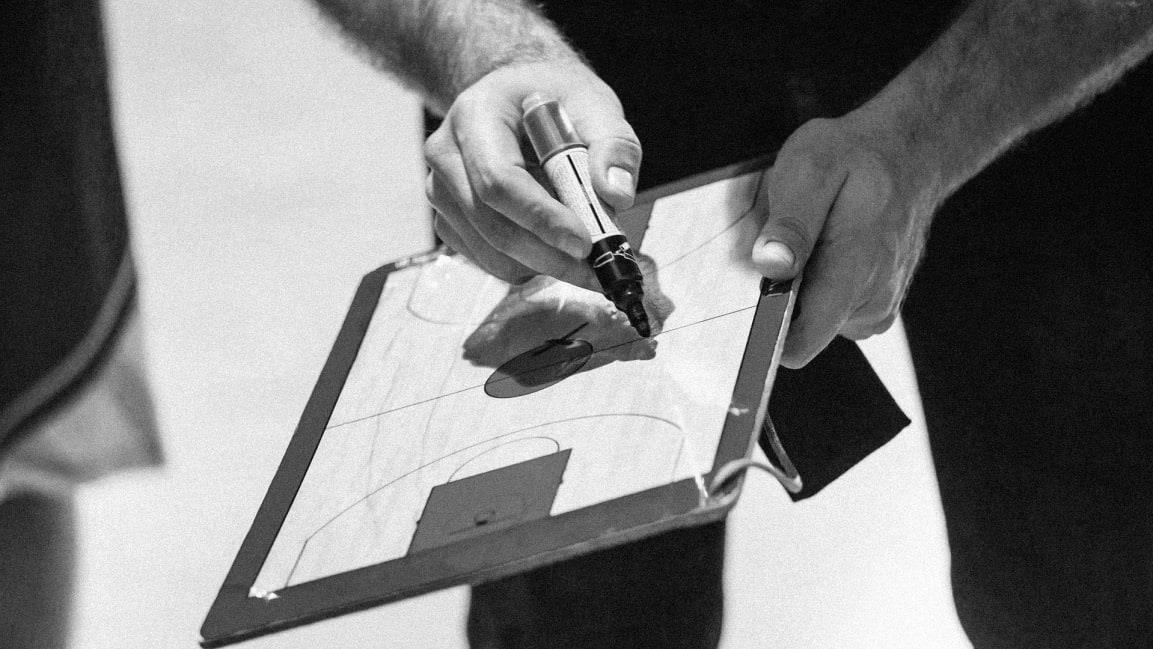Managers, here’s why you should think about hiring a coach for your team
No doubt you’ve noticed the trend—organizations are putting more and more emphasis on teams. Teams are forming, performing, and reforming at a dizzying rate. As a result, the life expectancy of teams is getting shorter and more mutable. Along the way, many organizations have discovered that their teams are underperforming, and they’re looking for ways to fix the problem.
Our data from thousands of team assessments shows that less than 10% of teams rate themselves as high-performing. This shows how much of a difference team coaching can make and the enormous opportunity that exists. Imagine the impact if an organization doubled that number.
What is team coaching?
By now, most management and executives are familiar with the concept of individual coaching. The process often involves the use of personality assessments that leaders can refer to so that they understand their style and temperament. The rationale is that by having these insights, it translates into behavior change and, ultimately, more effective leadership.
The same model applies to team coaching. Like individual coaching, team coaching starts with a discovery process to outline goals and outcomes for the team. An effective team coaching process also should include an assessment that provides a deeper understanding of what you might call the personality, temperament, and style of the team.
You see, a team is more than the sum of the individual parts. It is a living system, an entity with a past, a present, and an anticipated future. Just like individuals, teams have moods, strengths, blind spots, beliefs, and unspoken rules of behavior. That all shapes a unique team culture.
How does team coaching work?
Catalysts and events can accelerate change, but real transformations don’t come overnight. That’s why coaching is an ideal process for team development. A team-building intervention can appear to have an immediate impact, but that fades quickly when you don’t integrate the experience into the team’s everyday behavior.
Coaching, on the other hand, is an ongoing process. It starts with discovery, which leads to goal setting and an action plan. The coach then meets with the team to follow up on what the teams learned from implementing those plans.
The focus of those sessions should be twofold: One, identify behavior that supports team collaboration and that the team ought to continue, and two, recognize behavior that undermines cooperation, which the team needs to change.
How to know if team coaching is right for your team
Almost any team can benefit from team coaching—including high-performing teams.
Senior executive leadership teams can especially benefit, because they have ultimate responsibility for the vision, strategy, and culture of the organization, and its competitive performance. They are also the most visible model for team behavior. Every layer of leadership looks to the people at the top as examples to follow.
Every merger, acquisition, and internal reorganization often represents an excellent opportunity for team coaching. Significant changes often create new teams and mash different cultures together. Corporations often leave teams on their own to sort things out and figure out how to work together. Eventually, teams find their way, define roles and responsibilities, and create new unspoken rules of how to work together. A new team emerges, but not intentionally. Team coaching can dramatically accelerate this process, starting practically from a blank page.
Project teams also tend to be good candidates. They have clear, measurable objectives, a timeline, and a budget. Often, there is a compelling sense of urgency because there is so much at stake, and the clock is ticking.
Of course, before committing to the coaching process, you need to have the support of senior leadership for it to work. Without leadership support, employees are unlikely to have the motivation to engage in the process. It’s also on you—as a team leader—to show your employees that you are committed to the process. After all, if you don’t take it seriously, neither will they.
Sometimes, great teams form as a result of luck—there is just the right combination of people at the right time. But that’s not the only way to build a great team. There is a way to create that experience intentionally. It might take a little bit more time and effort, but in time, you and your team will be grateful for this process and experience.
Phillip Sandahl and Alexis Phillips are the authors of Teams Unleashed: How to Release the Power and Human Potential of Work Teams.
(41)



